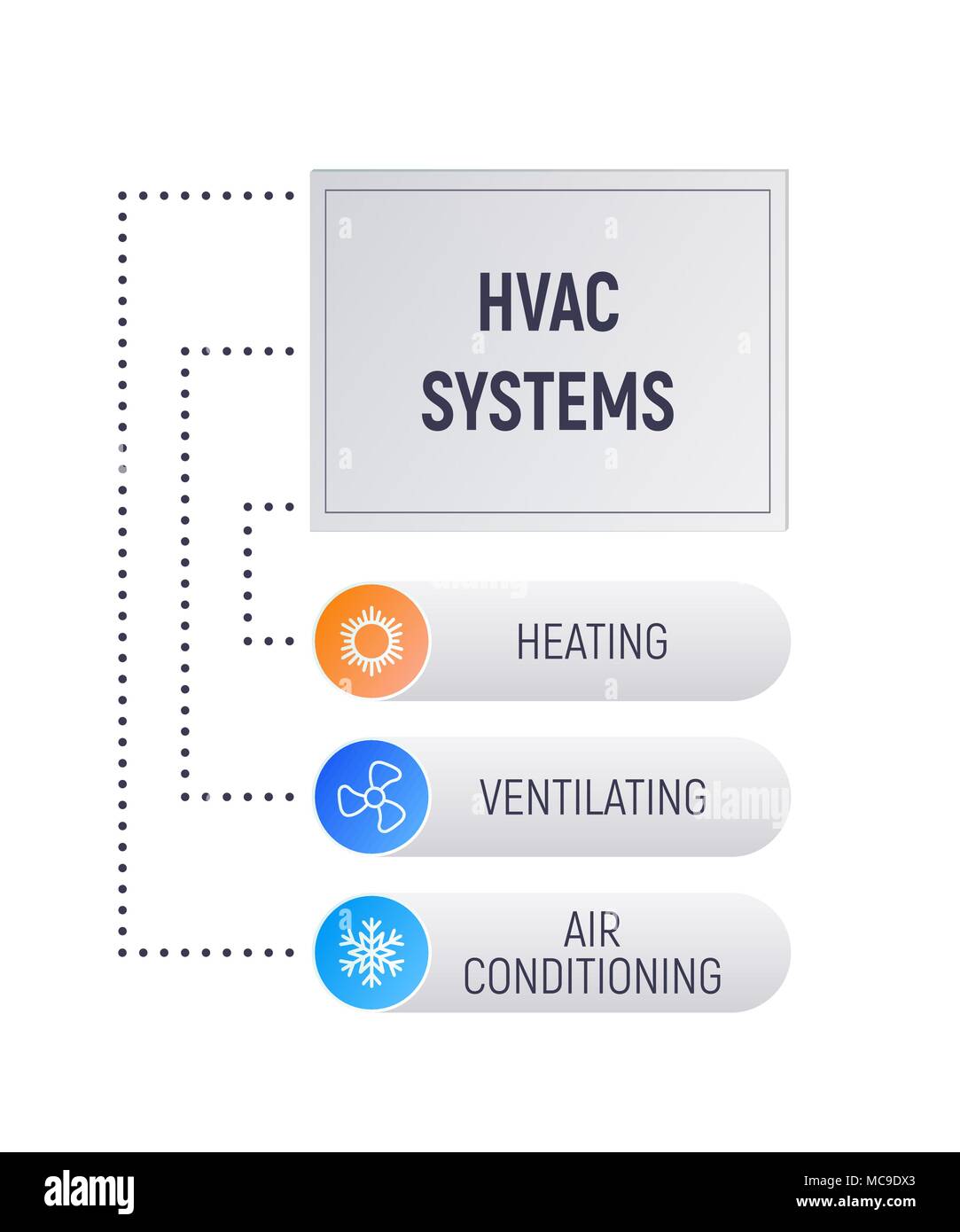The Ultimate Overview To Understanding Warm Pumps - Just How Do They Work?
The Ultimate Overview To Understanding Warm Pumps - Just How Do They Work?
Blog Article
Writer-Gissel Bland
The most effective heatpump can conserve you substantial quantities of cash on energy expenses. They can likewise help in reducing greenhouse gas exhausts, specifically if you utilize electrical power instead of nonrenewable fuel sources like propane and home heating oil or electric-resistance heaters.
Heat pumps function quite the like air conditioning unit do. mouse click the up coming document makes them a sensible alternative to traditional electric home furnace.
Exactly how They Work
Heat pumps cool down homes in the summer and, with a little assistance from electrical energy or gas, they offer a few of your home's home heating in the winter. great post to read 're a good alternative for people that intend to lower their use fossil fuels yet aren't ready to replace their existing heater and air conditioning system.
They rely upon the physical reality that even in air that appears too cold, there's still power existing: cozy air is constantly relocating, and it wants to move into cooler, lower-pressure settings like your home.
The majority of power celebrity accredited heat pumps run at near to their heating or cooling capability throughout most of the year, decreasing on/off cycling and conserving power. For the very best efficiency, focus on systems with a high SEER and HSPF rating.
The Compressor
The heart of the heatpump is the compressor, which is likewise referred to as an air compressor. This mechanical moving device utilizes potential energy from power development to increase the stress of a gas by reducing its quantity. It is different from a pump because it just works on gases and can't collaborate with fluids, as pumps do.
Climatic air gets in the compressor with an inlet shutoff. It circumnavigates vane-mounted arms with self-adjusting size that split the interior of the compressor, creating numerous cavities of differing dimension. The blades's spin forces these tooth cavities to move in and out of stage with each other, compressing the air.
The compressor draws in the low-temperature, high-pressure refrigerant vapor from the evaporator and presses it into the warm, pressurized state of a gas. This procedure is repeated as needed to provide heating or air conditioning as required. The compressor likewise has a desuperheater coil that reuses the waste warm and adds superheat to the cooling agent, changing it from its fluid to vapor state.
The Evaporator
The evaporator in heat pumps does the very same point as it performs in refrigerators and air conditioners, transforming fluid cooling agent right into a gaseous vapor that gets rid of warm from the space. Heat pump systems would not work without this vital piece of equipment.
This part of the system is located inside your home or structure in an interior air handler, which can be either a ducted or ductless unit. It contains an evaporator coil and the compressor that presses the low-pressure vapor from the evaporator to high pressure gas.
Heat pumps take in ambient warmth from the air, and then utilize power to move that warmth to a home or business in heating setting. That makes them a lot a lot more energy effective than electric heaters or heating systems, and because they're making use of tidy electricity from the grid (and not burning gas), they likewise create far less emissions. That's why heatpump are such terrific ecological selections. (And also a significant reason why they're coming to be so popular.).
The Thermostat.
Heat pumps are wonderful alternatives for homes in chilly environments, and you can utilize them in combination with typical duct-based systems or even go ductless. They're an excellent alternative to fossil fuel heating systems or conventional electrical heating systems, and they're more lasting than oil, gas or nuclear a/c equipment.
Your thermostat is one of the most vital element of your heatpump system, and it works really in a different way than a standard thermostat. All mechanical thermostats (all non-electronic ones) job by utilizing substances that transform size with raising temperature, like coiled bimetallic strips or the increasing wax in an automobile radiator valve.
These strips include two various sorts of steel, and they're bolted together to develop a bridge that completes an electric circuit attached to your HVAC system. As the strip obtains warmer, one side of the bridge broadens faster than the other, which triggers it to bend and indicate that the heating unit is required. When the heatpump remains in home heating mode, the turning around shutoff reverses the flow of cooling agent, to ensure that the outside coil currently operates as an evaporator and the indoor cylinder becomes a condenser.